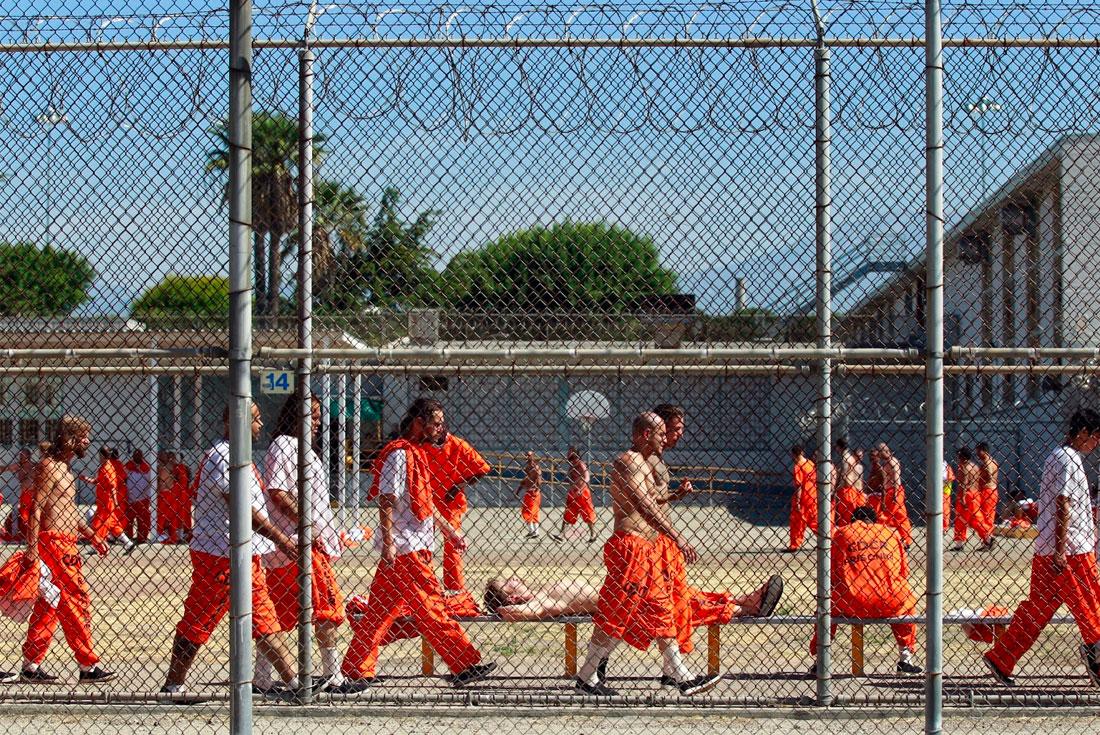Sneakers That Defined America’s Prisons
Sneakers have always been tied to identity. Inside America’s jails, these identities were only perpetuated by what was happening outside. Loaded terminology and a fiery culture springing from the sole permeated prison walls. Administrative systems worked hard to strip all identifiers (e.g. colour, branding, identity), but that didn’t stop a rampant sneaker culture from emerging.
New Balance in Honolulu, PUMA at Rikers Island or ‘Air Patakis’ in New York City, these are the sneakers that defined America’s prisons.
